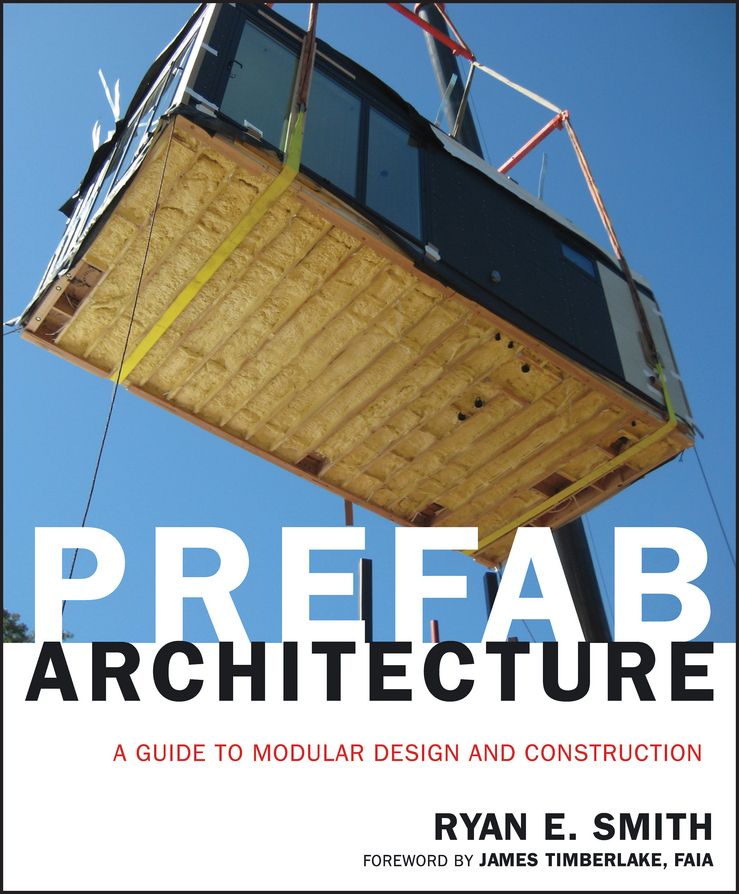<p><b>”<i>Prefab Architecture</i> . . . is beyond theory, and beyond most of what we think we know about pods, containers, mods, and joints. This book is more than ‘Prefabrication 101.’ It is the <i>Joy of Cooking</i> writ large for the architecture and construction industries.”<br/> —From the Foreword by James Timberlake, FAIA</b> <p><b>THE DEFINITIVE REFERENCE ON PREFAB ARCHITECTURE FOR ARCHITECTS AND CONSTRUCTION PROFESSIONALS</b> <p>Written for architects and related design and construction professionals, <i>Prefab Architecture</i> is a guide to off-site construction, presenting the opportunities and challenges associated with designing and building with components, panels, and modules. It presents the drawbacks of building in situ (on-site) and demonstrates why prefabrication is the smarter choice for better integration of products and processes, more efficient delivery, and realizing more value in project life cycles. In addition, <i>Prefab Architecture</i> provides: <ul> <li>A selected history of prefabrication from the Industrial Revolution to current computer numerical control, and a theory of production from integrated processes to lean manufacturing</li> <li>Coverage on the tradeoffs of off-site fabrication including scope, schedule, and cost with the associated principles of labor, risk, and quality</li> <li>Up-to-date products featuring examples of prefabricated structure, enclosure, service, and nterior building systems</b></li> <li>Documentation on the constraints and execution of manufacturing, factory production, transportation, and assembly</li> <li>Dozens of recent examples of prefab projects by contemporary architects and fabricators including KieranTimberlake, SHoP Architects, Office dA, Michelle Kaufmann, and many others</li> </ul> <p>In <i>Prefab Architecture</i>, the fresh approaches toward creating buildings that accurately convey ature and expanded green building methodologies make this book an important voice for adopting change in a construction industry entrenched in traditions of the past.
Prefab Architecture
₹6,273.00
A Guide to Modular Design and Construction
This book is currently not in stock. You are pre-ordering this book.




